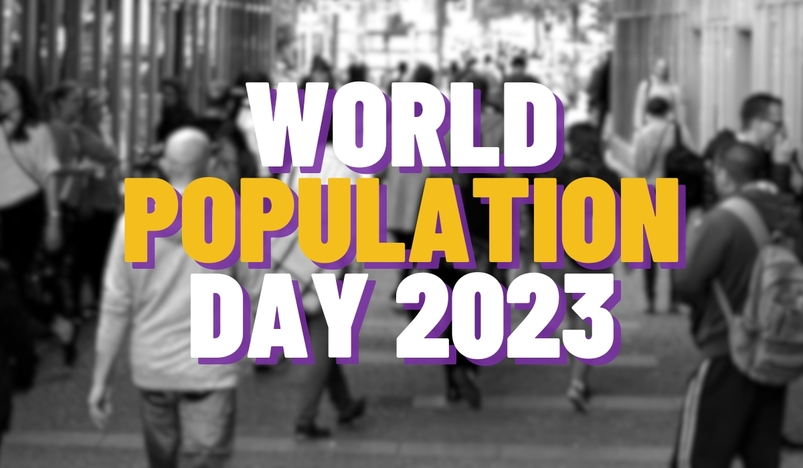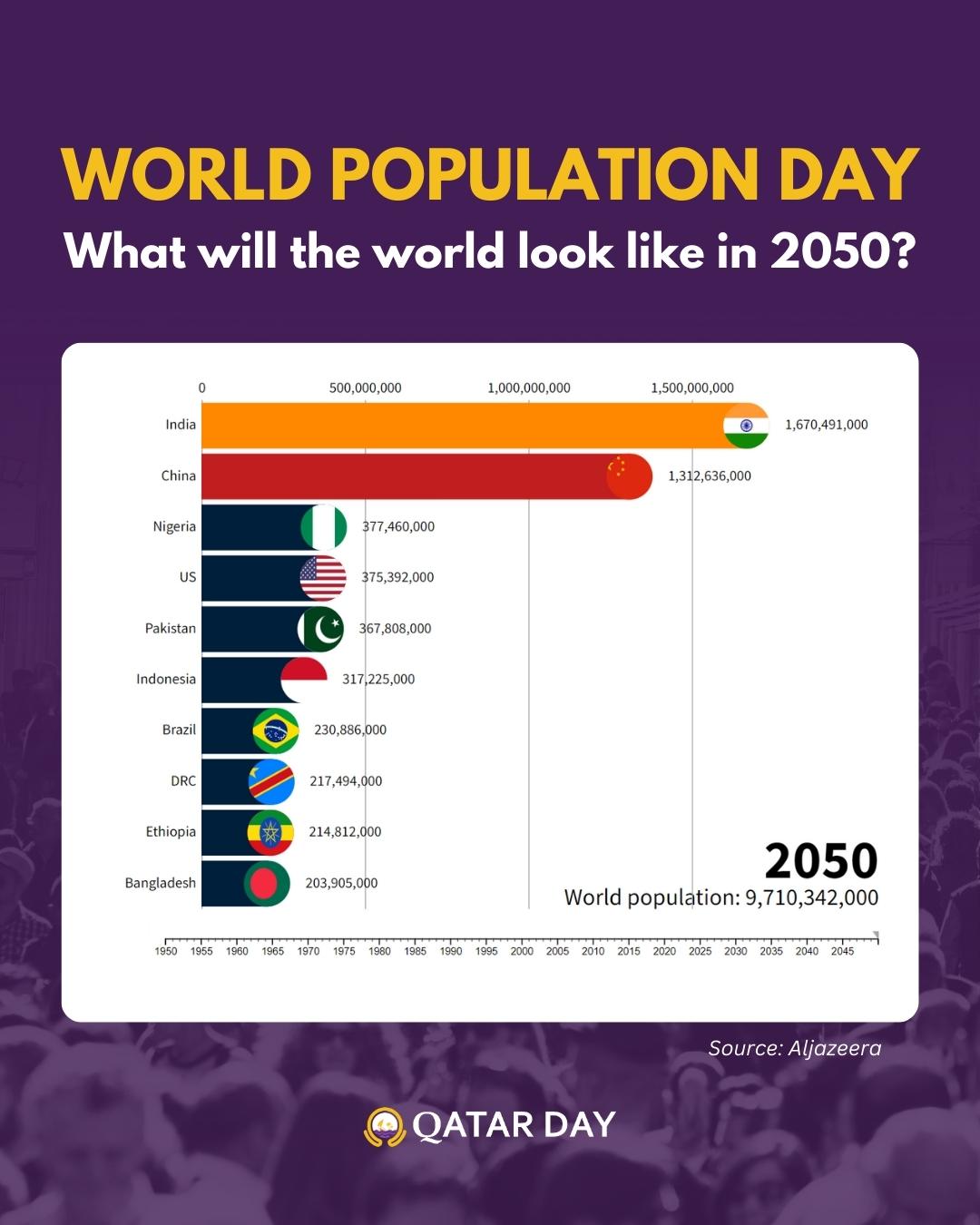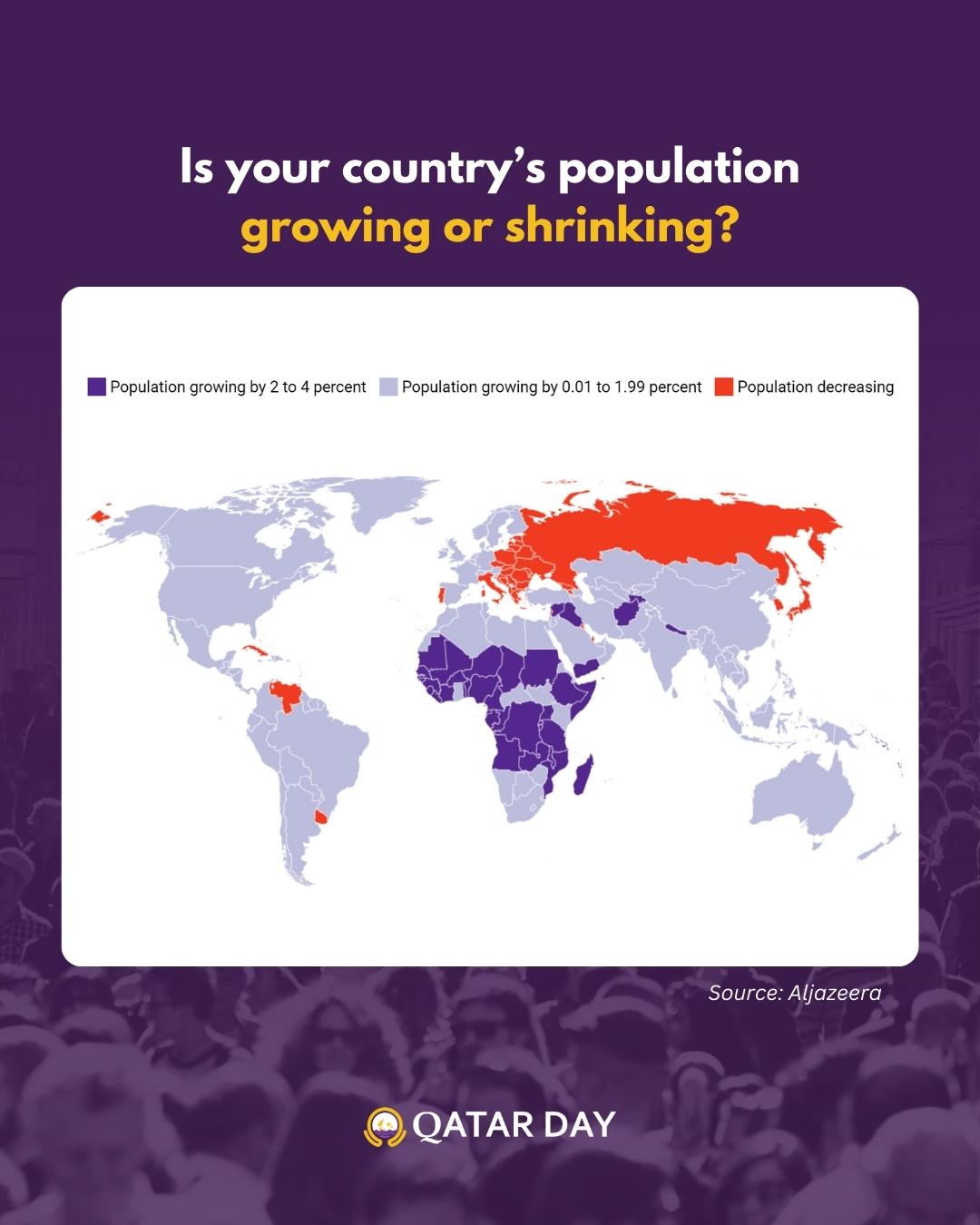
What Will the World Look Like in 2050?
July 11th is observed as World Population Day, a day designated by the United Nations to highlight the urgency and significance of population issues, including their impact on the environment and human development. This year, the world's population officially reached eight billion, with India surpassing China to become the most populous country. In this article, we explore the current population trends and what the future holds for the world in 2050.
Global Population Milestones
Over the past year, two significant population milestones have been achieved. In November 2022, the global population officially reached eight billion people. This rapid growth is a result of various factors, such as improved healthcare, advancements in technology, and increased access to education. Additionally, in April this year, India surpassed China to become the world's most populous country, according to UN estimates.
Slowing Population Growth
While the world's population continues to grow, the rate of growth is actually slowing down. This trend can be seen in countries like South Korea, which has consistently broken its own record for the world's lowest fertility rate. Other Asian countries such as Japan and China have also experienced record-low birth rates. This decline in birth rates can have significant implications for societies, including economic challenges and strains on healthcare and social systems.
The World's Population in 2050
According to estimates by the United Nations Population Division, the world's population is projected to reach approximately 9.7 billion people by 2050. The following infographic provides insights into how the world's population has tripled from 2.5 billion people in 1950 to eight billion in 2022.

By 2050, following India and China, Nigeria is expected to become the world's third most populous nation. This will be followed by the United States, Pakistan, Indonesia, Brazil, the Democratic Republic of the Congo, Ethiopia, and Bangladesh, in that order.

Implications for the Future
The world's population growth has far-reaching implications for various aspects of society and the environment. Strains on resources, such as food, water, and energy, will become more pronounced as the population continues to expand. Additionally, healthcare systems will need to adapt to cater to the growing number of individuals requiring medical attention.
Furthermore, urbanization and infrastructure development will become crucial in accommodating the increasing population, ensuring access to essential services, and maintaining sustainable communities. Moreover, addressing the environmental impact of population growth will be essential in mitigating climate change and preserving biodiversity.
In conclusion, World Population Day serves as a reminder of the urgent need to address population issues. As the world's population continues to grow, understanding the trends and implications allows us to navigate the challenges ahead and work towards sustainable and inclusive development.
(With information taken from AJE, UN Population Division)
.jpg)
Qatar Secures Place Among the World's Top 10 Wealthiest Nations
.jpg)
Hamad International Airport Witnesses Record Increase in Passenger Traffic

Saudi Arabia: Any visa holder can now perform Umrah

What are Qatar's Labour Laws on Annual Leave?
Leave a comment